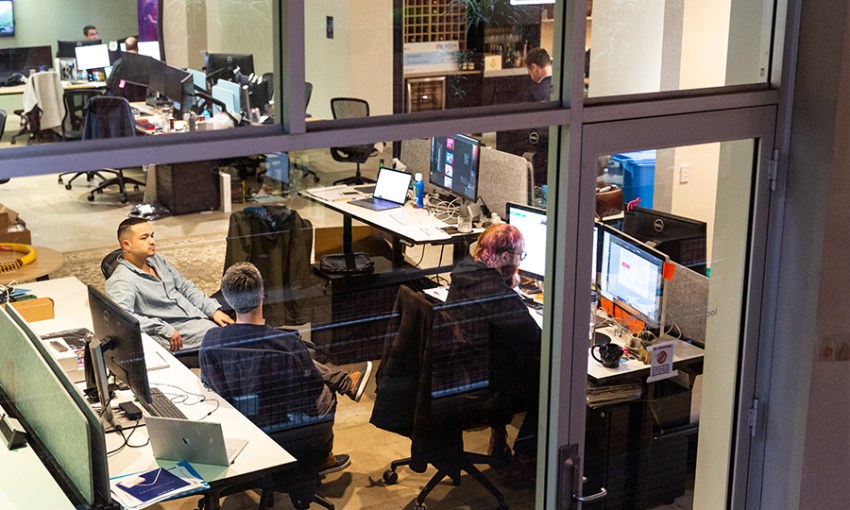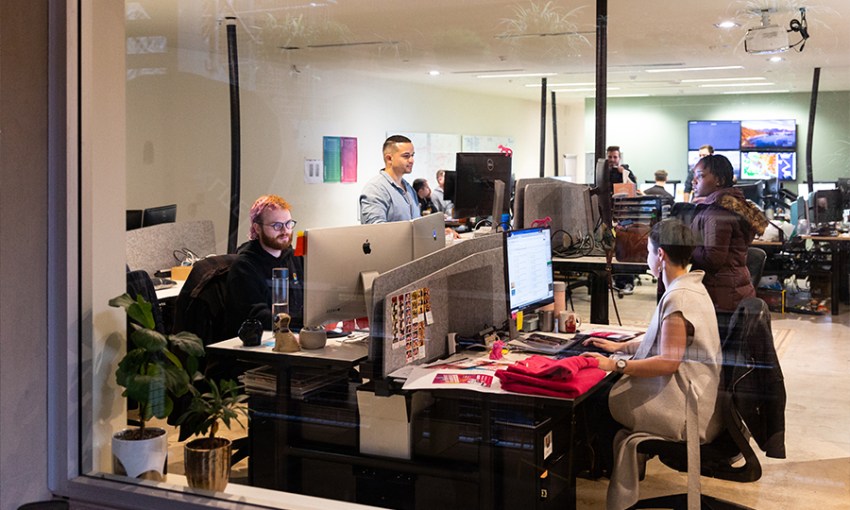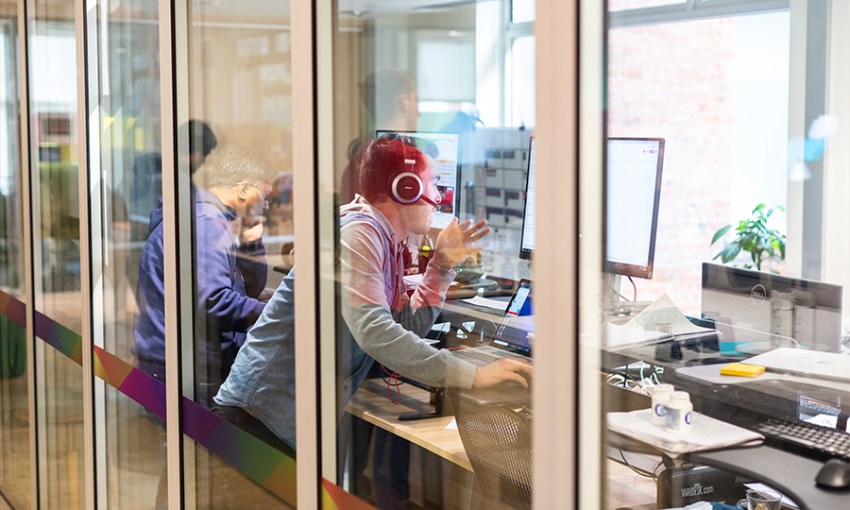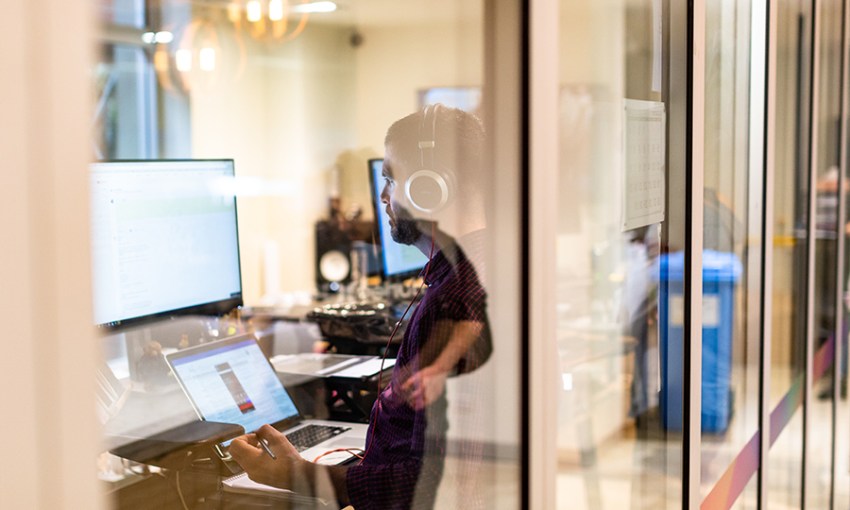Forget small bars, Leigh Street is home to the next (really) big thing in Adelaide.
Uniti Wireless may just be South Australia’s next billion-dollar business
“We wanted to build a $100 million company, but now there’s real potential that we can build a half a billion or a billion-dollar company,” says Che Metcalfe – Uniti Wireless co-founder and CEO.
Uniti Wireless founders Sasha Baranikov and Che Metcalfe were ambitious when they launched their company in 2014. But – four years later, as they stand on the precipice of their first public share market offering and despite difficulties finding support at home in SA – they’re already exceeding their own expectations.
“I think the important thing is that from the beginning we started this with the vision in mind to build it quickly and to capitalise on the market opportunity,” says Sasha Baranikov, the business’ co-founder and COO. “We never intended it just to be some family business, a lifestyle business.”
It was 2012 when Sasha and Che first identified that there was a need for alternatives to the National Broadband Network (NBN).
At that stage, the pair could not have foreseen the problems with poor connection speed and slow infrastructure rollout that continue to plague the Federal Government-backed NBN, but they did see a problem with its business model.
“The wholesale rate on the NBN is so high,” says Che. “We knew that the margin resellers could make per customer were so small that they were going to skimp on either customer service or quality, and that’s where we thought we could beat them.”
And beat them Uniti has. For the last two years, and even though they currently only operate in inner metro Adelaide and Melbourne, new customers have been coming to the network in droves, with sign-ups almost doubling annually.
But the cost of this growth is high. To provide better speeds and more reliable internet service, Che and Sasha have built their own internet dispersal network using innovative wireless technology.
Connections to the internet flow around the world via enormous cables, many of which lie beneath oceans. These distribute to what are known as data centres, and most internet service providers (ISPs) will have their own hardware in those data centres – allowing them to capture some of that connectivity and route it to their customers.
Uniti’s difference lies in how it has constructed the path from data centre to customer.

From its data centres, the company runs internet connectivity along fibre cables to central distribution points, which could be located on something like a telecommunications tower. From there – instead of leasing infrastructure such as in-ground copper cable owned by telecommunication giants like Telstra and using that to reach homes and businesses – Che and Sasha go wireless.
“So, we have cell sites, vertical assets – typically tall buildings or telco towers, and we have equipment on the top,” says Sasha. “You have customer premises around each cell site and we put a receiver on their roof, like a TV antenna mast, which points back to the nearest cell site and receives the signal wirelessly.”
This means Uniti’s network is less often affected by the problems that abound for many ISPs – things like old, poorly-maintained copper cabling slowing down the speed of connections.
By no means were Uniti the first to build this kind of network in Australia. But they entered the market at a point where this technology could be offered more affordably to customers.
This good timing, coupled with a well-constructed brand identity that leveraged the poor customer service offered by bigger telcos and the disappointing performance of the NBN, set Uniti on a path toward rapid growth.
“We wanted to create a brand that was accessible and had personality and that people could relate to,” says Sasha.
“It was something where we wanted to create an experience – it’s not really about the internet, it’s that we’re changing something in your life, we make it better, and we’re having fun while we do it.”
This was all part of their original vision for Uniti and it has played out just as the pair planned.
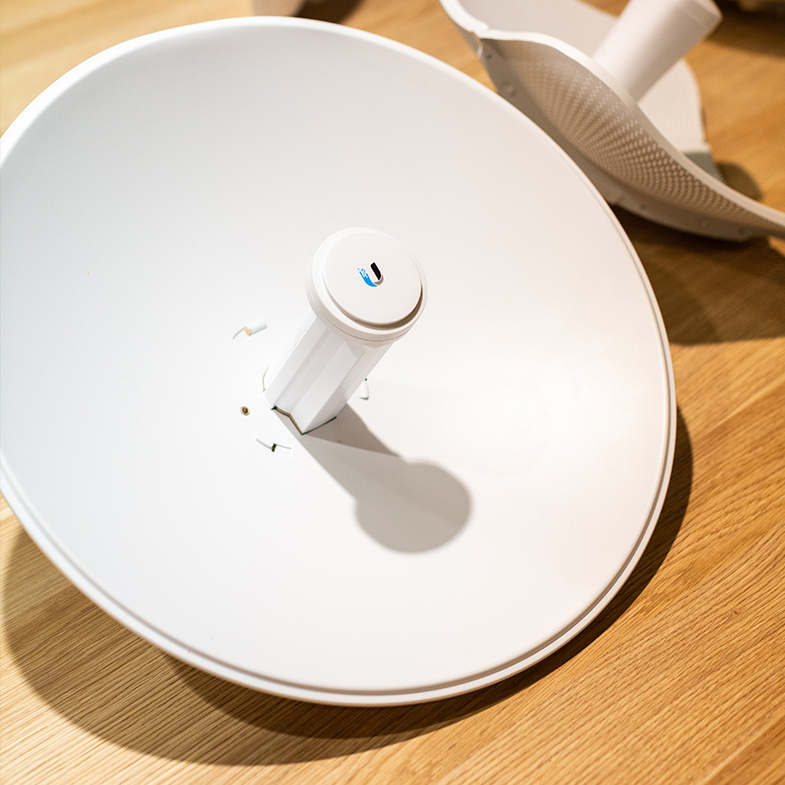
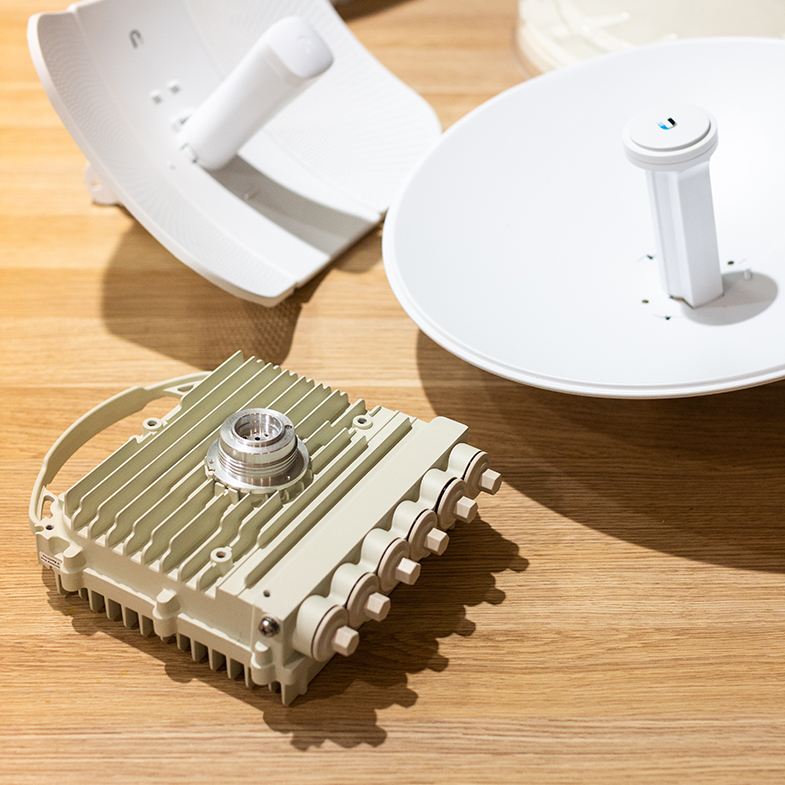
Cables? Where we’re going we aren’t going to need cables
But there’s been one major challenge that has niggled at Che and Sasha at every step – securing investment. While both founders call South Australia home and are set on keeping their headquarters in Adelaide, they readily describe the ways in which the state shorts its entrepreneurs.
“There were just so many doors that were shut in our faces in Adelaide,” says Che. “People said our valuation was ridiculous and we’d never raise that sort of money, that Telstra will just come and squash you, that the NBN is coming.
“It’s just very conservative. And then, two weeks later, we’d jump on a plane to Sydney and raise $5 million, while everyone in Adelaide is saying no.”
Initial investment came mostly from wealthy individuals living on Australia’s East Coast who could see the promise in Che and Sasha’s vision.
“It actually became a thing where we’d find people who had problems with their internet, and they’d go – wow, this thing could solve my problem, and then they’d invest,” says Sasha.
But for a company building its own telecommunications network, this piecemeal style of investment was exhausting. As quickly as they could raise capital, Sasha and Che would spend it on a new piece of equipment.
They did hit a turning point in late 2016 when James Spenceley – the founder of Vocus Group – came on board with a substantial investment and as an adviser who granted access to a new, formerly inaccessible, network of capital.
But even so, cashflow has been a sticking point, and that’s a major motivation behind the plan to take the company public on the share market in October.
“It wasn’t until we started doing $5 million funding rounds where things got a bit better and you could start planning 12-18 months ahead, and that’s why we’re heading towards an IPO – so we can readily access capital as the company grows,” says Che.
“It’s to take advantage of the current opportunity… If you list, you can raise money quickly and if you’re doing very well in the market and the market likes you and there’s a good story and we need expansion capital, it’s easier to access.”
Che and Sasha are betting on the IPO to fund a national expansion, with the money raised going toward building Uniti wireless broadband networks in other capital cities across Australia.
It will also help them roll out a new kind of network, one which is currently being deployed as proof of concept through a partnership with the City of Campbelltown. Capable of providing 10GB download speeds, the network uses distribution points mounted on power poles that disperse data on millimetre wavelengths – new technology that allows for quicker information transfer.
It’s a model that Uniti intends to replicate in other local council areas – including, quite possibly, in Adelaide, where Che and Sasha say it will be very competitive with the City of Adelaide’s planned Ten Gigabit Adelaide network because it will “cover a much bigger area…and will roll out before the Council’s one, and at probably about a tenth of the cost”.
Expansion and innovation, evidently, are a part of Uniti’s make-up. And while the financial milestones Sasha and Che originally set themselves might very soon be reached, there’s still a way to go before they reach what they say is their ultimate goal.
“We want to democratise the internet,” says Che. “We believe people have the right to access high speed broadband at an affordable price.”
As part of Uniti’s mission to “democratise the internet” Che and Sasha have created the CommUniti network, which provides free (albeit somewhat slower) internet to anyone within range of one of their networks.
Public reaction to CommUniti has been strong, with letters from the public arriving in the office to thank them for providing internet access to those who can not otherwise afford it.

Wear your internet with pride




